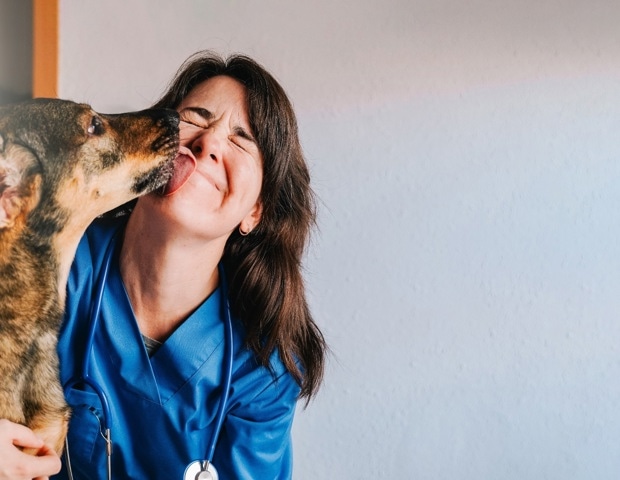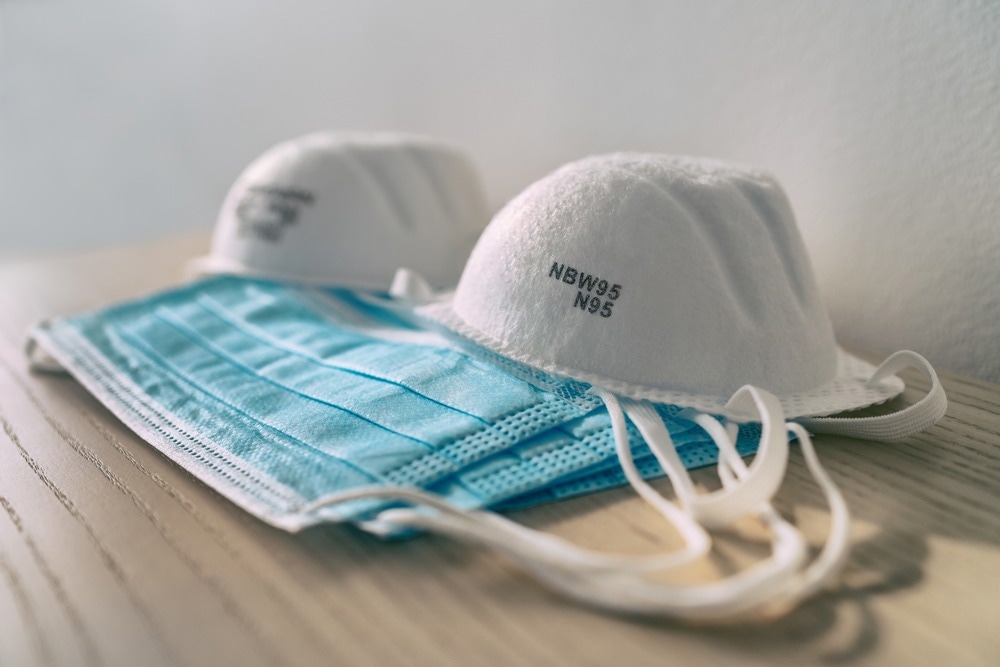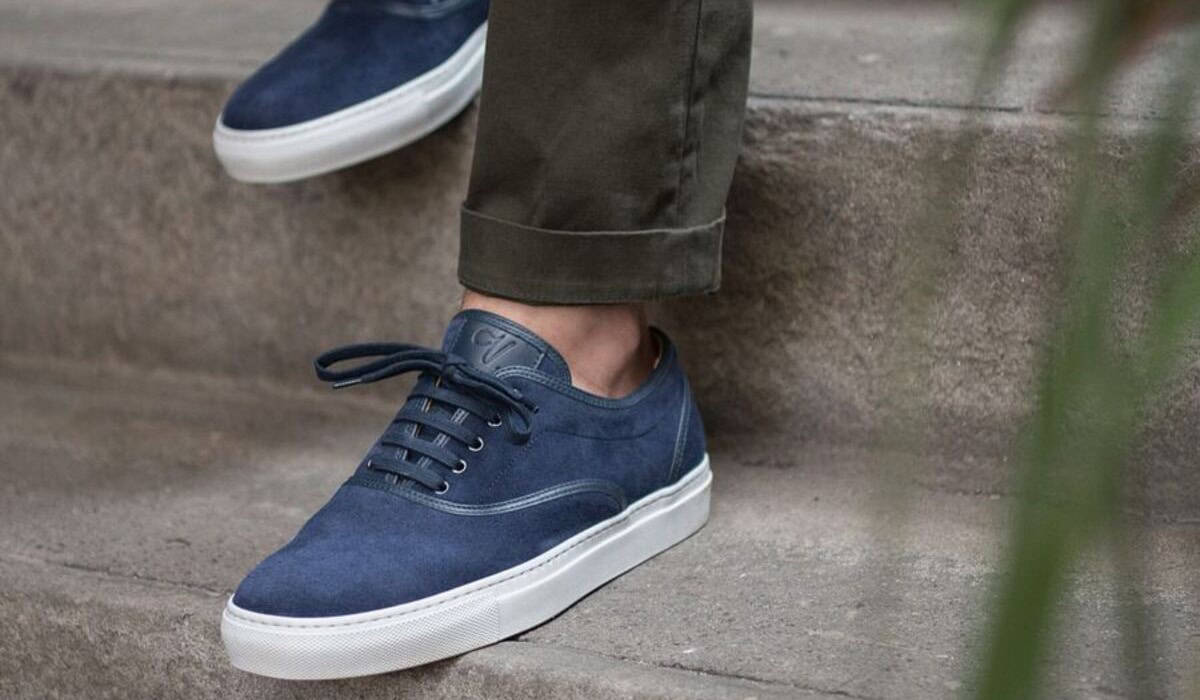In a recent study published in eBioMedicine, researchers examined the efficiency of surgical masks, fabric masks, N95 respirators, and KN95 respirators in lowering the severe acute respiratory syndrome coronavirus 2 (SARS-CoV-2) viral loads in the exhaled breath aerosol (EBA) samples of coronavirus disease 2019 (COVID-19) patients.
Background
The discovery and widespread use of effective vaccinations and antiviral medications have lowered COVID-19 fatality rates. However, the rise of SARS-CoV-2 Omicron variants, along with relaxations in non-pharmaceutical measures, caused an unprecedented increase in SARS-CoV-2 infections and related hospital admissions among United States residents in 2022.
SARS-CoV-2’s inherent transmissibility has risen with time, owing to its propensity to shed into aerosols and the newest Omicron subvariants that evade protection from immunizations and previous infections. Non-pharmaceutical measures like face masks are critical for minimizing viral inhalation transmission by lowering virus levels in airborne settings. Tight-fitting respirators and masks have demonstrated better aerosol source management than loose-fitting masks, although their efficacy in humans is uncertain.
About the study
The present study researchers evaluated whether KN95 and N95 respirators outperformed fabric and surgical masks as source controls for SARS-CoV-2.
Starting in May 2020, the researchers enrolled COVID-19 patients and their close contacts from Maryland University, College Park (UMD), and nearby regions. Participants provided 30-minute exhaled breath aerosol (EBA) samples of paired masked and unmasked types at the same visit, acting as their matched controls. Two cases analyzed prior to September 2020 repeated the alphabet thrice during the 30-minute sampling period, while others shouted: “Go Terps” (30 repetitions) and sang “Happy Birthday” at 5.0 minutes, 15 minutes, and 25 minutes into each sampling period.
From June 2020 to December 2021, study volunteers wore either their masks (most were fabric type) or surgical masks to provide masked samples on their initial shedding visit. On the second visit, volunteers wore a different mask. The team excluded individuals who practiced double masking (cloth masks paired with KN95 respirators or surgical masks or two cloth masks) from the study.
The researchers calculated the SARS-CoV-2 viral load using ribonucleic acid (RNA) copy numbers acquired from reverse transcription-polymerase chain reaction (RT-PCR). They sequenced the genome using swab samples of the middle turbinate. They evaluated two aerosol sizes, i.e., small (≤5.0 μm) and coarse (larger than 5.0 μm), combining them to determine the total EBA. They conducted the research using linear mixed effects modeling, adjusting for the cough frequency during the sample period, gender, age, body mass index (BMI), and SARS-CoV-2 variations.
Results
A total of 44 volunteers (mean age, 30 years; 43% female) provided paired masked and unmasked breath samples for source-control factor (SCF) calculation, among whom eight, 26, 13, and 13 wore fabric masks, surgical masks, KN95 respirators, and N95 respirators, respectively. The sample pairings included four, four, 29, and 23 from the Alpha, Delta, Omicron, and other variant waves, respectively.
Surgical and fabric mask-paired samples were primarily obtained from unvaccinated volunteers before the Delta variant and Omicron variant waves. In contrast, the researchers acquired most N95 and KN95 paired samples during these waves from fully vaccinated volunteers who had received one or more booster doses. SARS-CoV-2 viral load in fine particles was 1.770 × 107 RNA copies, whereas coarse aerosols comprised 1.820 × 105 copies of RNA.
All mask types dramatically decreased viral road in aerosols and overall EBA, with SCF above 70. Duckbill N95 respirators outperformed other mask types concerning total EBA, fine-sized, and coarse aerosols. They decreased the inhaled viral load by 98% and surpassed KN95 respirators, as well as surgical and fabric masks that did not need training or fit testing. Cloth masks outperformed surgical masks and KN95, reducing virus loads by 87%, 74%, and 71%, respectively.
The geometric mean calculations indicated that a slightly symptomatic COVID-19 patient who does not use a mask or respirator exhales 2,800 RNA copies per hour or two infectious doses per hour. Wearing an N95 respirator decreases aerosol shedding to less than one-tenth of a quantum per hour, decreasing the chance of transmission by a factor of twenty, assuming all other transmission risk variables stay unchanged.
Conclusions
The study showed that N95 respirators were more successful as source controls than other respirators and masks, even when worn by untrained volunteers. The findings imply that N95 respirators might become the standard of treatment in healthcare settings and nursing homes where respiratory virus infections are common and healthcare-associated transmission risk is high.
However, further research is required, including individuals of various ages and COVID-19 severity levels, to increase the generalizability of the study findings and establish better respiratory protection measures. Future research could assess the effectiveness of certain mask types and double masking and collect paired samples with different mask types rather than an unmasked control.








